The Sherry Netherland, 781 Fifth Avenue: Review and Ratings
between East 59th Street & East 60th Street View Full Building Profile
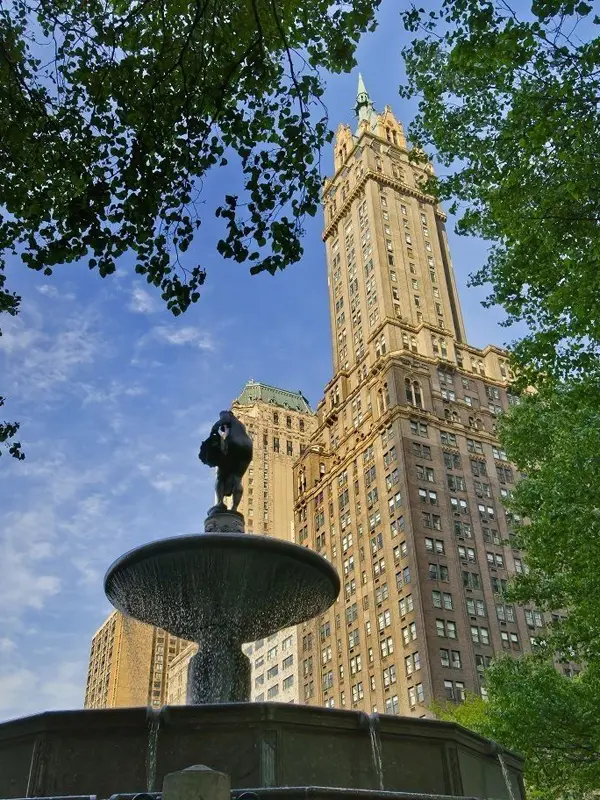

A strong argument can be made that the Sherry Netherland Hotel at 781 Fifth Avenue on the northeast corner at 59th Street is the best building in New York.
The major other contenders, of course, are the Chrysler, Empire State, Woolworth and Helmsley buildings and 570 Lexington Avenue, and some might also throw in the Plaza and Waldorf-Astoria hotels, the Seagram Building, Lever House and the San Remo apartment building.
None of those, however, really have the magic combination of romance, originality, location and drama that are to be found at the Sherry Netherland.
Other buildings are larger, taller, more ornate, more complex, and have superb locations and far more spectacular interiors, but the Sherry Netherland has a "drop dead" elegance and exoticism that is both flamboyant and reserved.
What pushes the Sherry Netherland to the top, of course, is its top - a soaring, elaborate minaret with a delicate, open, widow's walk atop an asymmetrical roof reminiscent of a French chateaux, all in delightfully green, aged copper. The asymmetrical form of the tower significantly improves its aesthetics from most angles and if it had been a square tower it would be just another great campanile, but not a visual force with which to be reckoned. The top's chimneys and large protruding gargoyles, furthermore, grasp and tame the sky like some giant's gnarled fist.
Bottom Line
The 38-story mixed-use tower has 165 co-operative apartments that were converted to co-operatives in 1954, a hotel and some high-end retail.
Designed by Schultze & Weaver with Buchman & Gross, the building replaced the former New Netherland Hotel on the site, which had been designed by William H. Hume as one of the city's early steel-framed structures. The Sherry Netherland was completed in 1926, but not before a major fire broke out in the tower before the standpipes were not yet functioning. Schultze & Weaver would soon thereafter design the Pierre Hotel and then the Waldorf-Astoria Hotel on Park Avenue in 1931.
It has spectacular views of Fifth Avenue, the Plaza Hotel, Central Park South and Central Park. With neighbors like the setback General Motors Building, the Apple Store, Bergdorf Goodman, and the Plaza Hotel, this location is very, very hard to top.
Description
The finely proportioned, slender tower is setback slightly, in four steps, from its base at about the halfway point of its 570-foot height.
The lower four floors of the base are covered in travertine marble while the rest of the building is faced with a handsome, dark brown brick. Over the years, unfortunately, one can see patches of repair, especially when viewed from the east.
The base is one of the most elegant and wonderful in the city in large part because of its fantastic griffins with large, hanging bronze lanterns. While these may frighten off the hoi-polloi, the stately sidewalk clock close to the canopied entrance is a very handsome public gesture.
In the last third of the 20th Century, many New Yorkers became, incongruously, disenchanted with tall buildings, rallying, often with great success, against new projects as too-tall incursions into their precincts.
As a result, the city changed its zoning several times and lowered the permissible amount of space that could be built on lots as well as building heights. This was often reflected in what is known as the "floor-to-area ratio" (F.A.R.) and in most commercial parts of the city is now limited to a maximum of 15, which means that a building cannot contain more than 15 times the area of its plot.
In contrast, many of the city's most famous landmarks, such as the Chrysler, Empire State and Woolworth buildings had F.A.R.'s about twice as high and the Sherry Netherland is perhaps the most visible example, other than the Empire State Building, of the impressive verticality associated with such high F.A.R.'s.
Unlike the Pierre Hotel, two blocks to the north on the avenue, which was located in a residential zone that permitted no retail, the Sherry Netherland has always had very impressive stores in its base. The long-term tenant of the corner store has been La Vieille Russe, specializing in extravagant Russian bibelots. South of the canopied entrance, the restaurant space has been operated for several years by Harry Cipriani as one of the city's most elegant restaurants. North of the entrance, Diane von Furstenberg commissioned architect Michael Graves to design an opulent salon in 1984 that was subsequently taken over initially by Geoffrey Beene. It is the best design by Graves, a great draftsman who is a far better designer of storefronts and kitchen appliances than buildings.
The subdued, understated ambiance of the Sherry Netherlands's small lobby exudes refinement and attracts the world's elite. The building was the world's tallest apartment hotel at the time it was erected and its vaulted lobby is discreetly lavish, but not grandiose.
The vestibule, which has a revolving door, is decorated with sculpture panels that were salvaged from William K. Vanderbilt's famous mansion that was torn down in 1925 to make way for the Bergdorf Goodman store, designed by Buchman & Kahn, on the west blockfront on the avenue between 57th and 58th Streets.
Because it was erected during the Prohibition, the Sherry Netherland, developed by Louis Sherry and Lucius Boomer, did not have major dining facilities, although its basement was converted in the 1970's to a very exclusive private disco and restaurant known as Raffles that within a few years was renamed Doubles and redesigned by Valerian Rybar in bright red colors. It remains one of the most attractive and exclusive social clubs.
Amenities
The building has a doorman, maid service twice a day, and a live-in superintendent.
Apartments
The 18th floor is a four-bedroom unit with a 30-foot-wide entry foyer that leads to a 20-foot-long library and a 31-foot-long living room with a fireplace and a 21-foot-long den at the north end of the building and an 18-foot-long dining room, a 17-foot-long study, and a 17-foot-long den that the south end of the building. The apartment also has a 30-foot-long kitchen, a 30-foot-long master bedroom with a 29-foot-long terrace at the northeast corner of the building, an 84-foot-long terrace on the south side of the building with entrances from the den and a bedroom at the southeast corner of the building, and a 59-foot-long terrace overlooking Central Park with entrances from the living room and the den. In the fall of 2013, this apartment was listed at $95 million.
The 34th floor is a two-bedroom unit with a 13-foot-long entrance gallery that leads to a 24-foot-long living room at the northwest corner that opens onto a 17-foot-long dining room next to a 13-foot-long kitchen at the northeast corner. The master bedroom overlooking Central Park is 16 feet long and opens onto a 17-foot-long sitting room at the southwest corner.
The 35th floor is a one-bedroom unit that has its living room, dining room and kitchen on the north side of the building and the bedroom, “boudoir,” dressing room and master bath on the south side and a library in the center of its west side overlooking Central Park.
The 26th floor is a two-bedroom unit that has a 28-foot-long living room with fireplace at the northwest corner leading into a 19-foot-long dining room and a 13-foot-long kitchen. The bedrooms are on the south side of the building and a 14-foot-long library overlooks Central Park.
Apartment 2011-13 is a two-bedroom unit on the north side of the building that has an entry foyer next to a 7-foot-long kitchen, a 20-foot-long living/dining room with a fireplace and an 11-foot-long maid’s room.
Apartment 2802 has an 8-foot-wide entry hall that leads to an 8-foot-long foyer that opens onto a 29-foot-long living room facing Central Park. The apartment also has a 10-foot-long kitchen, a 23-foot-long bedroom and a 14-foot-long bathroom.
Apartment 2307 has a 30-foot-long living/dining room with a fireplace and an open kitchen and a 20-foot-long bedroom.
History
In 1927, the large Savoy-Plaza Hotel, designed by McKim, Mead & White in French Renaissance style, was completed on the avenue blockfront directly south of the Sherry Netherland. With the completion of the Pierre Hotel in 1930, the architectural ensemble at Grand Army Plaza at the northeast gateway to Central Park was exceedingly grand and harmonious. It also included, of course, the Plaza Hotel, designed by Henry J. Hardenbergh, and the Metropolitan Club, designed by McKim, Mead & White.
It would become the city's glamorous center, which it still remains although the replacement of the very impressive Savoy-Plaza by the General Motors office building designed by Edward Durrell Stone and Emery Roth & Sons in 1968, three years after the city enacted a landmarks preservation law, was a tragic loss that severely impacted the plaza's cohesiveness. To its credit, however, it should be noted that the setback of the General Motors Building behind its large sunken plaza greatly heightened the visibility of, and from, the Sherry Netherland.
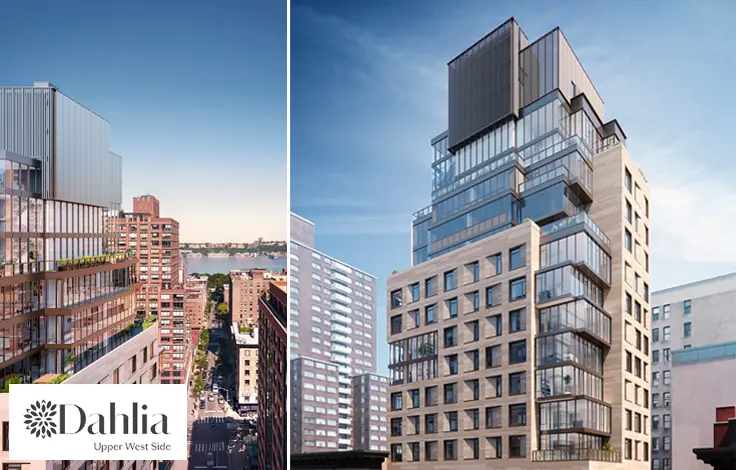
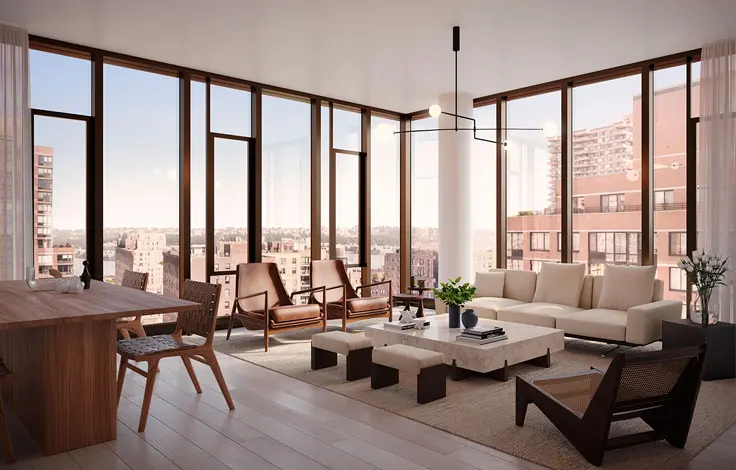
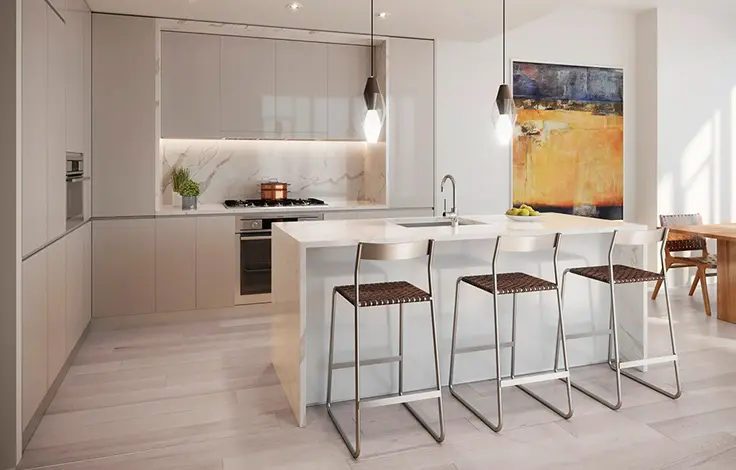
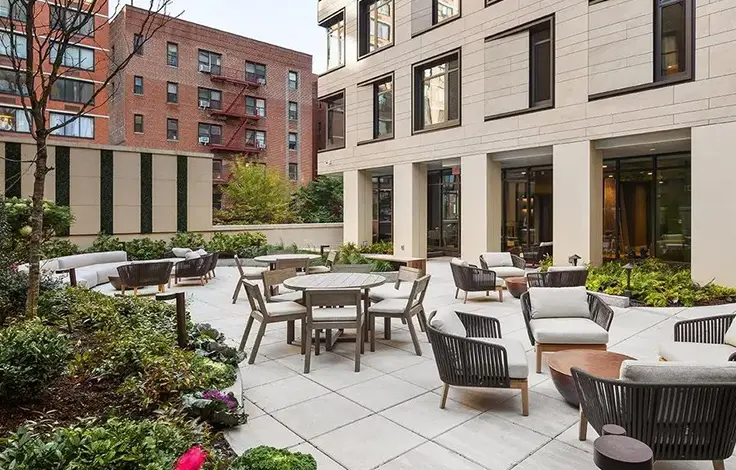
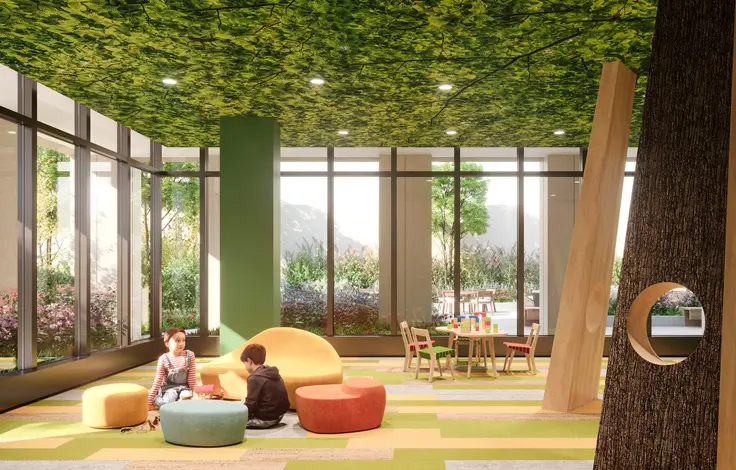
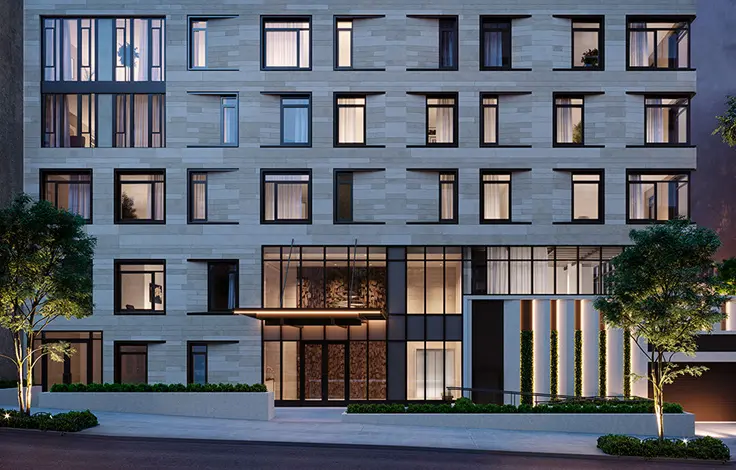
 6sqft delivers the latest on real estate, architecture, and design, straight from New York City.
6sqft delivers the latest on real estate, architecture, and design, straight from New York City.
